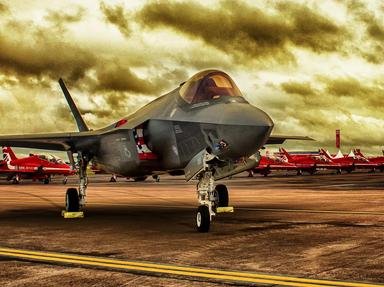Quiz Answer Key and Fun Facts
1. The Yeomen of the Guard is the oldest organised military unit in the United Kingdom, and forms part of the Sovereign's Bodyguard. The unit made its first official appearance attending the coronation of which monarch?
2. The Gentlemen-at-Arms is the smallest of the three elements of the Sovereign's Bodyguard. Although most of its members are former officers from the Army or the Royal Marines, its senior officer is a political appointment who also holds which position in the government?
3. The Royal Company of Archers serves as the bodyguard for Scotland, but, unlike the other elements of the Sovereign's Bodyguard, is not a military unit, but is instead officially a private archery club. It was appointed as a royal bodyguard following King George IV's visit to which Scottish city?
4. The Life Guards is the senior regiment of the Household Cavalry, and the senior regiment in the British Army. It traces its history back to the formation of different troops of mounted soldiers. Half of the units that eventually went to make up the regiment were regular cavalry, and were termed as "Horse Guards", but the other half were trained to use a specific type of weapon, and were termed as what?
5. True or False: The Blues and Royals, the junior regiment of the Household Cavalry, is the only regiment in the British Army descended from the New Model Army.
6. The Grenadier Guards is the senior regiment of infantry in the British Army, with a history dating back to the exile of King Charles II. However, the regiment gained its name only relatively recently through its actions in which battle?
7. The Coldstream Guards, although ranked second in order of precedence, has the longest history of the five regiments of foot guards, tracing its descent back to 1650. In 1661 it was commissioned into royal service as part of King Charles II's army as "The Lord General's Regiment of Foot Guards", but who was the Lord General in question?
8. The Scots Guards is ranked as the third regiment of guards, having been made part of the English Army in 1686, although its history goes back forty years previous to this. In 1831, King William IV changed the regiment's name from simply the "Third Regiment of Foot Guards" to what?
9. The Irish Guards was formed on the orders of Queen Victoria as a way of commemorating the bravery of Irish soldiers, specifically during which war?
10. The Welsh Guards is the most recent foot guards regiment to be formed, on the orders of King George V. The regiment's formation date was 26 February 1915, but how long was it before they first mounted the King's Guard at Buckingham Palace?
Source: Author
Red_John
This quiz was reviewed by FunTrivia editor
stedman before going online.
Any errors found in FunTrivia content are routinely corrected through our feedback system.
